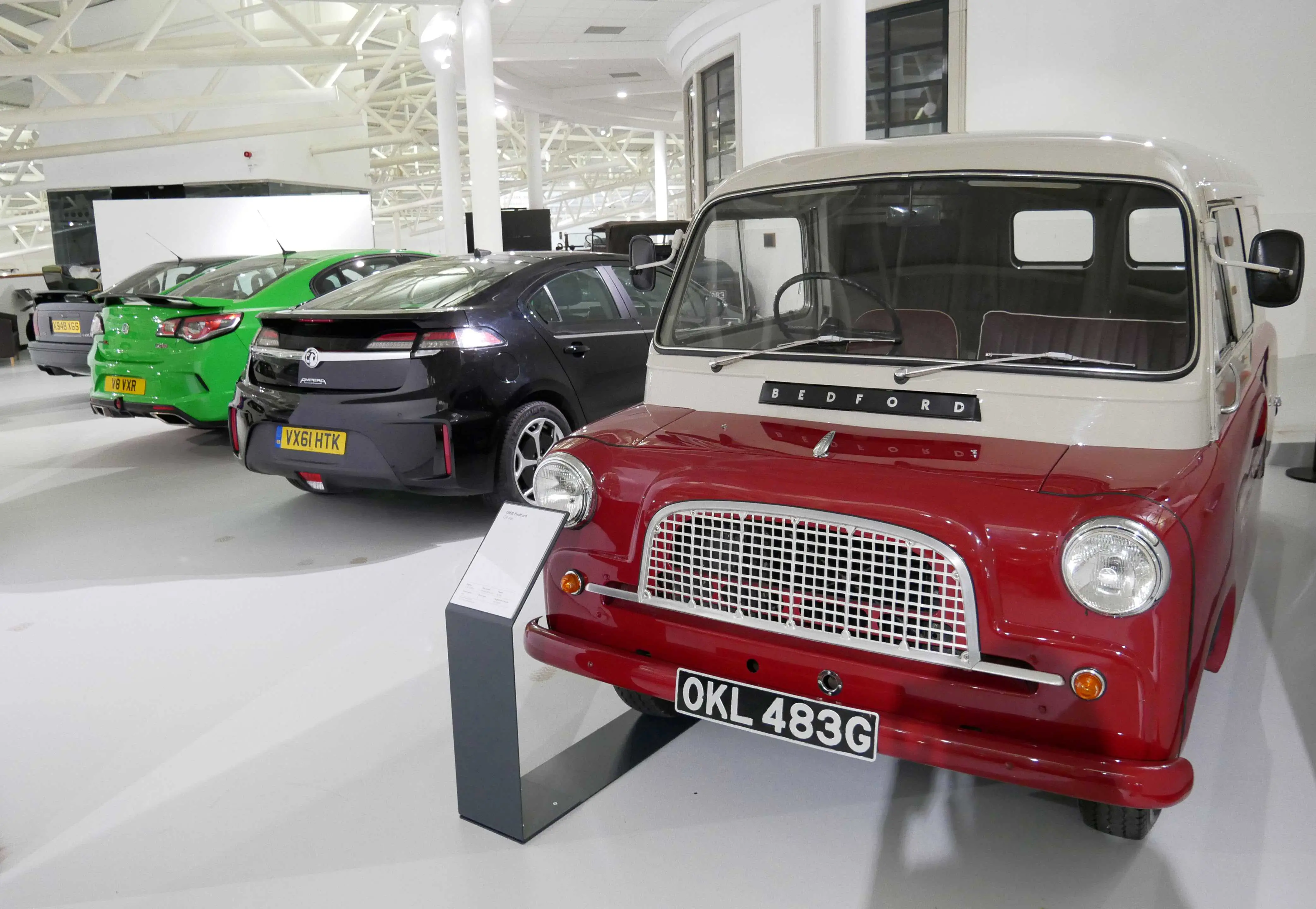THE VAUXHALL HERITAGE COLLECTION AT THE BRITISH MOTOR MUSEUM
12 May 2022
Many readers would have seen photos of Vauxhall’s remarkable heritage vehicle or had the pleasure of seeing the exhibits in the metal. So the news that Gaydon is to be the home of the collection is indeed welcome, and in a press release Stephen Laing, Head of Collections at the British Motor Museum, said: “We were delighted when Vauxhall approached us to look after its fantastic collection of vehicles, one of the most significant collections from a UK manufacturer. It fits perfectly with the Museum’s aim to broaden even further the range of marques that are represented here at Gaydon and adds a new dimension to the stories we tell about the cars and the people in Britain’s motor industry. With so much choice, it has already been tough making the first selection of 30 cars to display in the Museum!”

The marque dates back to 1903, and the first car made by the Vauxhall Iron Works was a 5hp, single-cylinder, chain-driven ‘Light Car’ steered via a tiller. Two years later, the company relocated from 90–92 Wandsworth Road to Bedfordshire, and in 1925 it became part of the General Motors empire. In 2017 GM sold Vauxhall and Opel to PSA.
A few years ago, this writer visited Luton and found himself faced with the near-impossible task of selecting a favourite of the collection. Would it be the Victor FE 2300S with its vinyl roof, radio cassette player, and ‘Light Blue Metallic Starfire’ paint finish? How about the very late model Bedford CA, the FD Ventora, the FB Victor De Luxe Estate, or the magnificent early Velox PA? The Cavalier 2000 GLS Mk. I certainly caught my eye as I could still remember the original TV commercial.
But ultimately, my choice was the 1965 Cresta PB Hydramatic. Firstly, there is that handsome and low key Mid-Atlantic styling, and secondly, it boasted rather remarkable performance. In late 1964 Luton facelifted the range with a new grille, an optional four-speed gearbox and a 3.3-litre engine in place of the 2.6-litre unit.
The result was five/seater motorway transport capable of 0 60 in 11.6 seconds. “Few modifications to a well-tried design can have had such an electrifying effect as this engine change has had on the Vauxhall”, thought Autocar. Motor found the performance of their test car “a startling one for a European family saloon”.
Such fine cars were the object of desire; fifty-five years ago, a Cresta PB with automatic transmission was a fairly expensive machine. Meanwhile, the Astra, the Nova and the Corsa were a part of everyday life. My first Vauxhall experience was in the family turquoise coloured Viva HB De Luxe, and I can still recall that distinctive transmission whine. Others will have similar memories, as the Griffin badge is a vital aspect of British social history. And that is why a visit to the Heritage Collection’s new home is a must.
With thanks to: British Motor Museum
